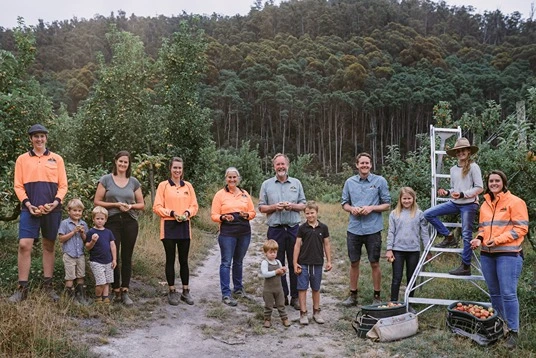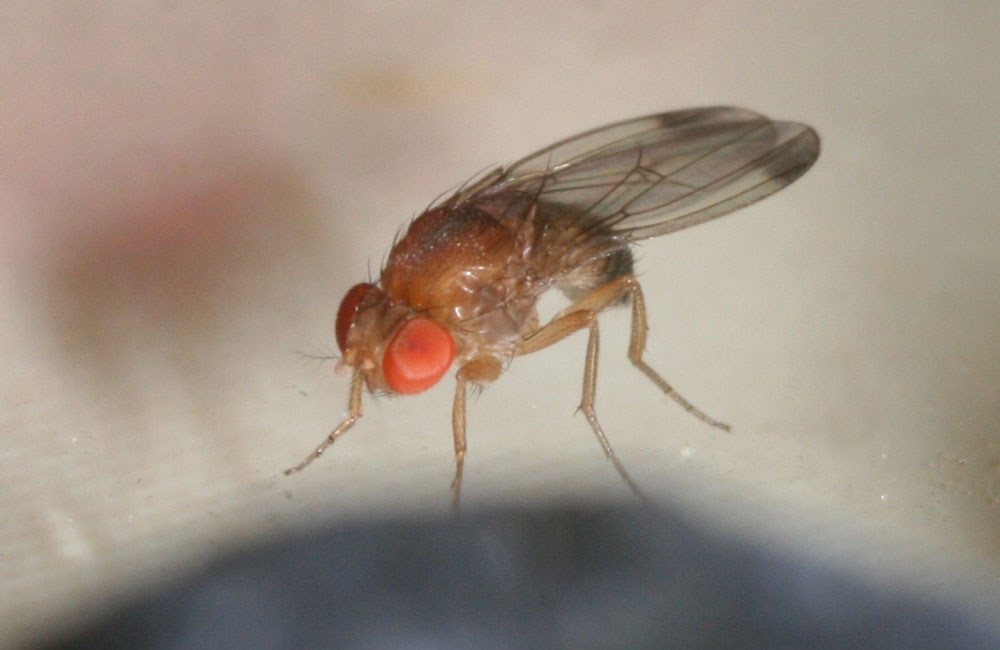Cherry bacterial canker has rapidly spread in Chile over the last decade. This disease, already known in various cherry-growing regions around the world, is caused by a bacterial complex of the genus Pseudomonas, which mainly includes Pseudomonas syringae pv. syringae (Pss) and Pseudomonas amygdali pv. morsprunorum (Pam).
Historically, Pss has been the pathogen most frequently associated with the disease in Chilean commercial orchards, but in 2021 Pam was also detected, highlighting the need for highly specific methods to identify and differentiate both species. The importance of being able to discriminate between these two bacterial species lies in the possibility of implementing specific phytosanitary programs, and in the fact that the two species exhibit different epidemiological behaviors.
Given the higher prevalence of Pss compared to Pam, it is more likely to find copper-resistant strains of the Pss bacterium than Pam populations. To identify and differentiate these species, researchers led by Dr. Nicola Fiore from the Phytovirology Laboratory at the University of Chile have developed a new molecular detection method using genomic information available in the genetic bank and generated from sequencing the genomes of bacterial strains present in Chile.
Sensitivity and specificity are fundamental for pathogen detection. Sensitivity refers to the ability of the technique to detect the pathogen even when its concentration in the sample is low. Specificity refers to the exclusive detection of the bacterial species under examination, minimizing false positives.
PCR (Polymerase Chain Reaction) is very useful but requires strict amplification conditions and equipment, complicating its field application. LAMP (Loop-mediated isothermal amplification), based on PCR, does not require sophisticated or expensive equipment since the amplification reaction occurs at constant temperature.
The development of a new identification method like this involves several stages, starting with the collection of the isolated pathogen and other common bacterial species in cherry orchards to evaluate the method's specificity. Initially, the LAMP setup was performed with Pam, using conventional PCR as a comparison technique.
Bacteria were isolated from symptomatic cherry trees, exhibiting cankers, gum exudates, twig dieback, flower blight, etc. These bacterial isolates were identified through studies based on sequencing and comparing four genes. Once the identity of the bacterial isolates was confirmed, unique regions in each genome were sought.
For Pam, a gene linked to protein synthesis during the infectious process was identified. Based on the nucleotide sequence of this gene, highly conserved fragments among Pam strains were selected as amplification targets for the LAMP and PCR methodologies. In terms of sensitivity, LAMP detected DNA quantities as low as 1 fg/μL, while PCR detected up to 10 pg/μL of bacterial DNA, a quantity one thousand times higher than LAMP, demonstrating the latter's high sensitivity.
In conclusion, the LAMP technique offers ease of implementation both in the laboratory and in the field (the presence of bacteria in the reaction tube can also be detected visually through turbidity or color changes using a fluorescent indicator). This makes LAMP an efficient alternative to conventional PCR, allowing producers to discriminate the species related to cherry bacterial canker and react quickly with species-specific protocols.
Source: Díaz D. et al. (2024). Nuevo método para detectar bacterias asociadas al cáncer bacteriano. Revista Frutícola, 46, 1, (p.38-40), https://online.fliphtml5.com/zjsnx/nxbt/#p=41
Image: Fresh Quarterly
Andrea Giovannini
University of Bologna (IT)
Cherry Times - All rights reserved










